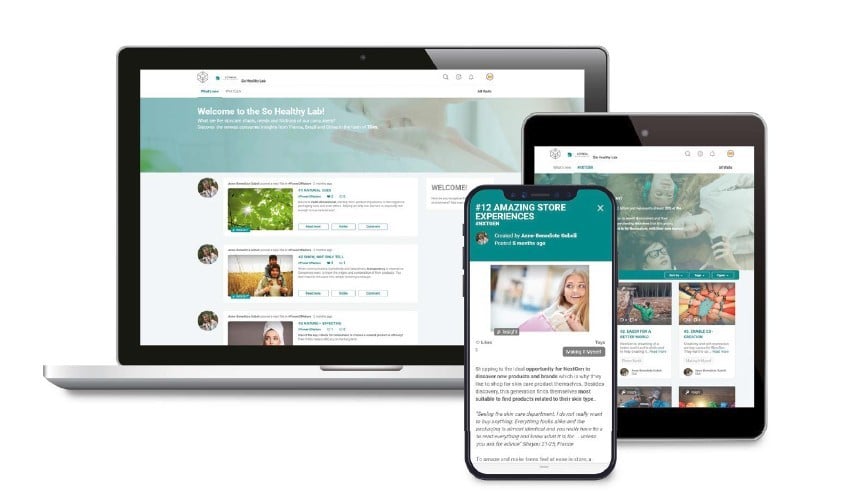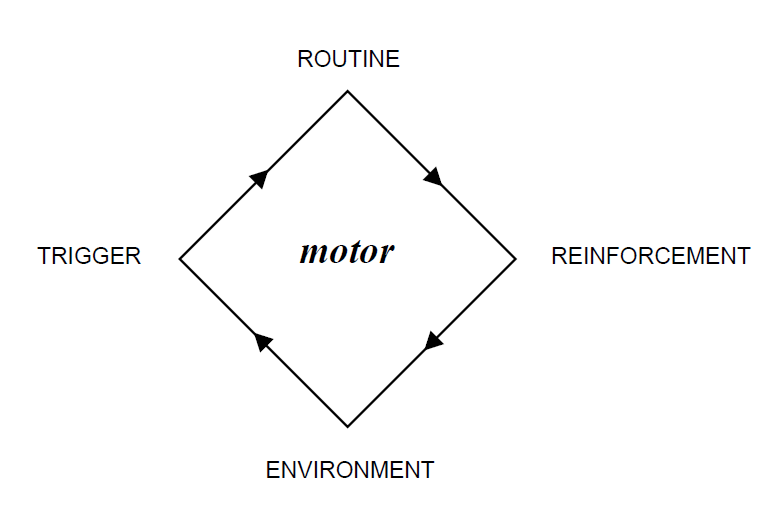Why you need an insight infrastructure & culture
In our previous post we talked about the need to align stakeholders within the language of insights and embed consumer closeness initiatives to make sure the consumer is in the hearts and minds of the whole organization. Once you have installed this consumer-first mindset, the next step is to facilitate the flow of insights in an organization, which requires a shift in the organizational infrastructure as well as some habit shaping.
Supporting the insights flow
When aiming to create an insights flow, it is important to boost two aspects, namely what we call the mental and physical availability of insights. Mental availability refers to fueling insights at the right moment in time in the right format to the right individual, so that they become mentally available and are always top of mind. Physical availability, on the other hand, refers to efforts to make insights available and easily accessible.
After insights have been diffused in the organization, they end up far too often on the company server, locked up in PowerPoint reports, never to be consulted again. To counter this and increase the lifetime value of an insight, technology can come in handy. Rather than store learnings, consumer inspiration and insights in reports on company servers or in personal notebooks, you could open them up to the whole organization by uploading them onto a shared digital space. This purpose is served by the Insight Activation Studio, where insights can be uploaded by anyone and shared with the organization.

Shaping insight habits
Even when efforts are in place to stimulate the insights flow, stakeholders still need to make the continuous reflection to support insight-led decision-making. Insight-led thinking needs to become automatic, routine behavior. It is not a one-off thing and it needs to be embedded as a day-to-day practice. Just like when you choose to adopt the good habit of eating well or exercising more, creating an insights-first mentality can be reached by installing habits.

An example habit is making the continuous reflection “What would the consumer do?” at the end of every meeting, for example by keeping a free seat in your board or meeting room representing the consumer, where you end every meeting by looking at that chair and trying to answer that question.
Installing these types of (small) habits will contribute to employees thinking consumer-first and fueling insight-led decision-making throughout the organization. Combining this with a shared insight infrastructure will bring your organization one step closer to insight activation.
Wish to learn more on how to reach a better return on insights? Then download our new paper highlighting a 6-step framework towards insight activation, comprising six maturity levels with action points for today, tomorrow and the future.




